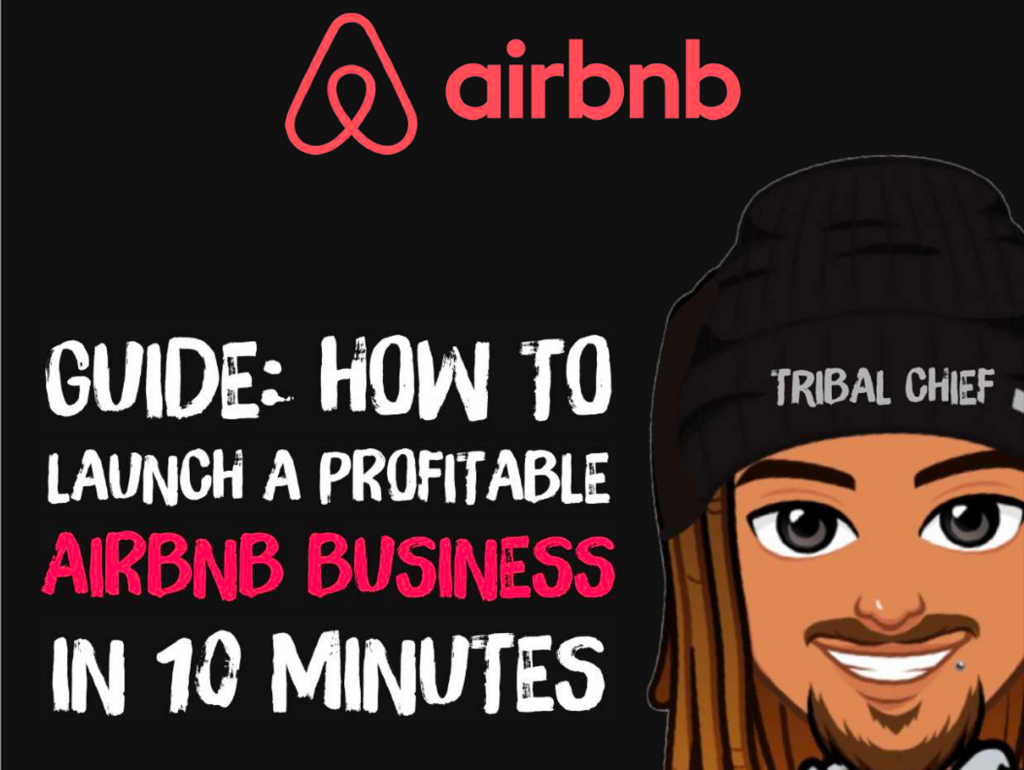Whenever you’re pitching, shopping, brokering or hunting deals, one of the first terms you’ll come across is the “cap rate.”
Short for capitalization rate, at its most basic form, the cap rate indicates the annual yield on a real estate property.
But that’s not all it’s good for. It can also indicate valuations, feasibility of a deal, and what you should pay for a property. Here’s WealthLAB’s Cap Rate, Explained.
What is a cap rate?
The basic formula of the cap rate is the property’s net operating income (NOI) divided by the purchase price. It basically means the yield (return) of the property without considering debt or anything else. Or, in layman’s terms, it lets you know (an estimate of) your cash flow in advance.
Cap Rate Example
Let’s take a 20-unit property in Atlanta listed for $2 million. The rent roll for the year comes out to $300,000 with operating expenses totaling $100,000.
$200k divided by $2M = 10% = a 10% cap rate. (In everyday lingo, you’ll hear people call that a “10 cap.”)
How can I use it?
Quite a few ways. The most basic one is to compare the cap rate of a property you’re considering investing in vs. the average cap rate for the market. This would let you know whether you’re getting a good deal or not.
Pro forma
You can also use it when projecting income against a property you plan to upgrade. Then it would be a “pro forma cap rate.”
Find your price
You can also use it to find the price you’re willing to pay. But perhaps your strategy says you’ll only buy properties at a 12% cap rate. So now you can use the cap rate to calculate what your offer should be.
Using example above, if NOI is $200k, simply divide by your desired cap rate offer price (12%) = $1.66M = your offer price.
What’s a good cap rate?
It all depends, really.
Depends on the market, the state of the property, the cost of capital. In so-called gateway markets (think New York City, London, Tokyo etc.), the cap rates are lower because of the idea that — just like bonds and other “safe” instruments — investing in big markets is a safe play.
In addition, properties in big markets traditionally trend upwards—thus offsetting the lower cash flow.
In smaller markets, where there are less job, less people, and therefore less rental demand, the value doesn’t trend upwards as much; they remain stagnant.
For that reason, they’re deemed more risky and you’d seek a higher cap rate to get higher cash flow to mitigate that risk.
And valuation?
Yes, cap rates are also used to value properties. Again, going by the average cap rates for a given market, once you recapitalize (refinance), the lender—vs. the free market—will set a value of your property.
So the value would be found like this: NOI divided by cap rate. Let’s use the Atlanta 20-unit as an example. That particular type of property in that particular market has an average cap rate of 8%.
$200k NOI divided by 8% = $2.5M = your property’s value.










